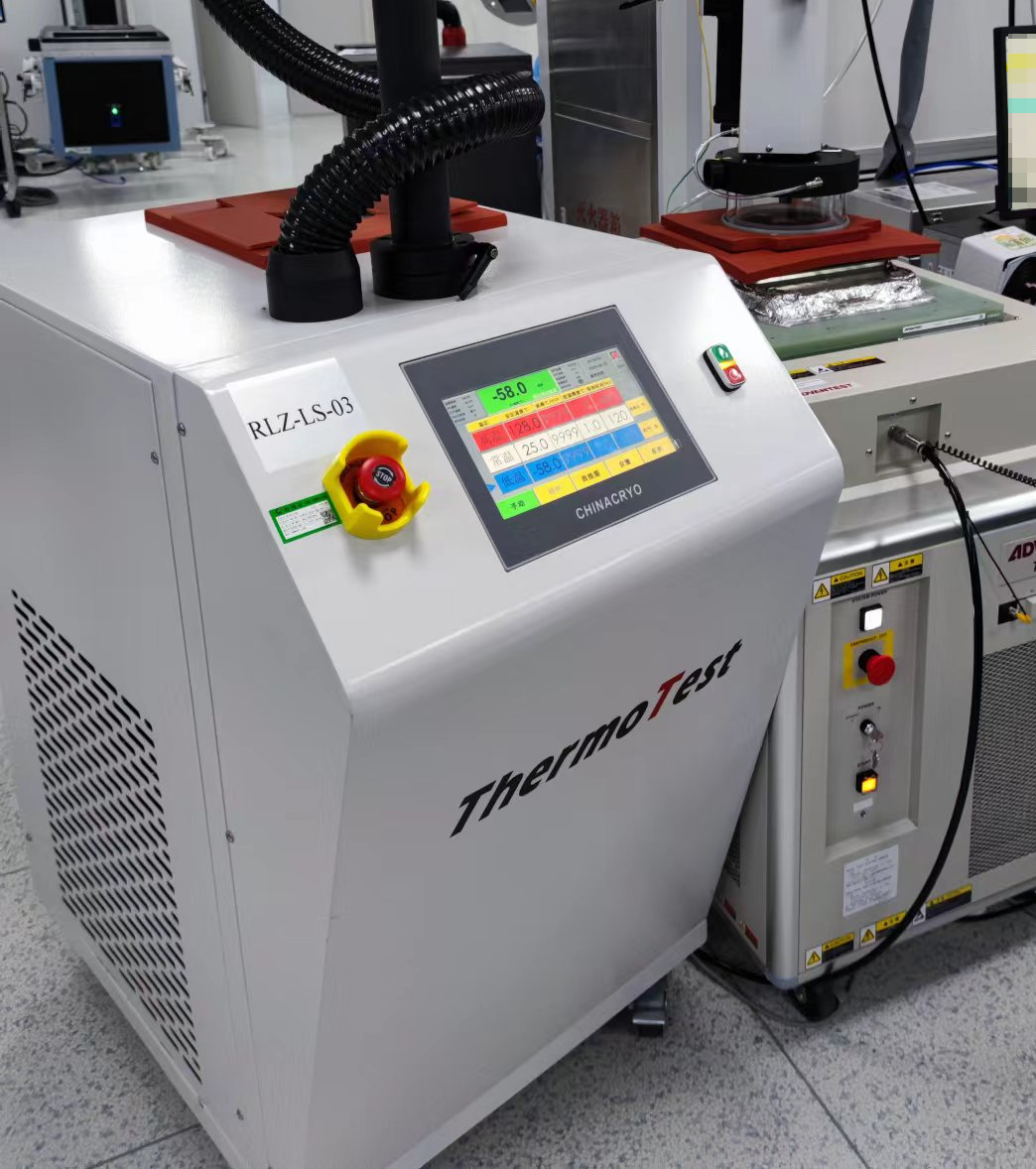One of the reasons why SiC can be used as the raw material of power devices is that it can borrow many famous concepts and technology of silicon devices, including basic device design, such as vertical Schottky diodes or vertical power MOSFETs (alternative structures obtained after some improvements on JFET and BJT). Therefore, many methods used to verify the long-term stability of silicon devices can be directly applied to SiC. However, more in-depth analysis shows that devices based on SiC still need to carry out some additional reliability tests different from those of SiC devices. Items that need to be tested include:
- Material itself and its specific defect structure, anisotropy, mechanical properties and thermal properties;
- Larger band gap and its influence on interface trap density and dynamic characteristics of MOS devices;
- The material itself and external interfaces - such as device edges (including new edge end design) - can increase the operating electric field by about 10 times at most, as well as its impact on the life of the oxide layer;
- The items listed in the new operation mode combining high voltage operation (Vos > 1000V) and fast switch (> 50V/ns) may affect almost all existing quality certification tests. Due to different mechanical properties, the results of the second power cycle test will be different. Different from silicon based power devices, SiC oxide reliability test settings must also cover the stability in blocking mode. In addition, according to many existing qualification standards used to regulate accelerated testing, it is necessary to use models to infer test data and make them relevant to the application conditions in the real world. The applicability and accuracy of these model parameters for SiC must be verified.
In the process of developing and producing SiC based power devices, the main component of the characterization and verification system is the stress analysis based on the application conditions. This is to be able to evaluate the critical operating conditions of SiC devices and understand new potential failure mechanisms. The high and low temperature impact airflow meter TS-780 developed by Chengdu Intercooling Low Temperature Co., Ltd. can perform reliability analysis of SiC devices, and is also applicable to various semiconductor chips, flash memory Flash/EMC, PCB IC, optical communication (such as transceiver high and low temperature test, SFP optical module high and low temperature test, etc.), electronic industry, etc. for IC characteristic analysis, high and low temperature cycle test, temperature impact test, failure analysis and other reliability tests.
The advantage of the high and low temperature impact airflow instrument TS780 is that the temperature change rate is fast, and the conversion between - 55 ℃ and+125 ℃ is about 10 seconds; The effective temperature range is - 80 ℃ to+225 ℃; Compact structure, mobile design; Touch screen operation and human-computer interaction interface; Fast DUT temperature stabilization time; Temperature control accuracy ± 1 ℃, display accuracy ± 0.1 ℃; The air flow can be up to 18SCFM; There is also a defrosting design to quickly remove the moisture accumulation inside. The research and development of TS780 ensures the chip quality, shortens the time to market and improves the company's profits. Of course, chip testing plays an important role in the whole chip production process. In the middle of the chip design and manufacturing process, TS-780 is used for reliability testing to reduce the potential errors and failure mechanisms of devices and effectively control and ensure the reliability of devices.



















